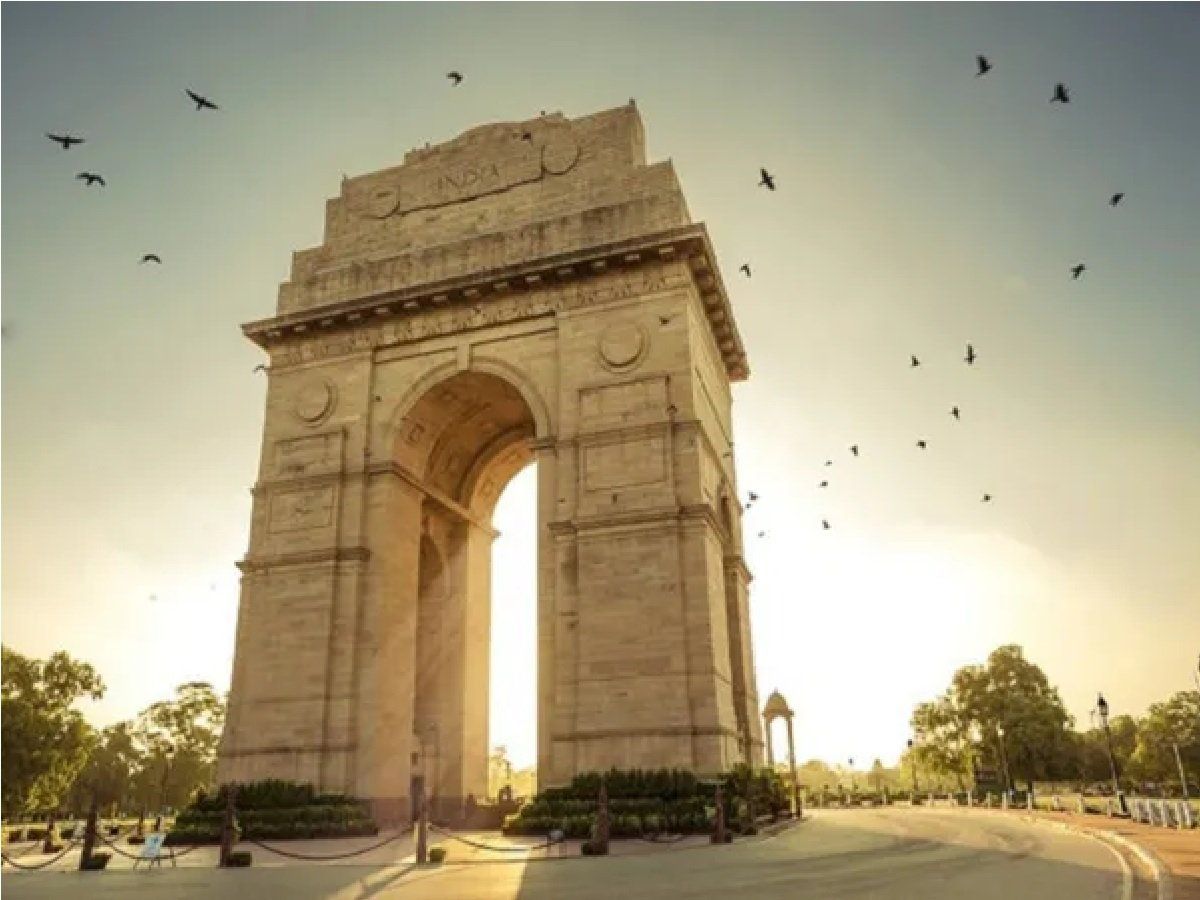Delhi’s air quality improved on Wednesday morning on the back of favourable wind speed but still it remained poor.
The Air Quality Index (AQI) stood at 262 at 6 am, improving from 303 at 4 pm on Tuesday. It was 312 at 4 pm on Monday, the day of Diwali.
The neighbouring cities of Gurugram (242), Noida (246), Ghaziabad (262), Greater Noida (196), and Faridabad (243) reported “moderate to poor “air quality.
An AQI between zero and 50 is considered good, 51 and 100 as satisfactory, 101 and 200 moderate while 201 and 300 fall in the poor category with 301 and 400 rated as very poor. The worst case scenario of 401 and 500 is clubbed in the severe category.
Delhi’s particulate matter (PM) 2.5 pollution levels on Wednesday morning were three to four times above the national standard of 60 microgram per cubic metre for 24 hours.
Delhi had recorded “very poor” air quality on Tuesday as there was a brazen violation of the ban on firecrackers on Diwali night. However, with a strong wind blowing away the suspended particles from the air, pollution levels for the next day fell to their lowest level since 2015.
In the last two years, Delhi and its neighbouring areas had witnessed “severe” air quality after Diwali, which was celebrated in November, with intense smog enveloping the region for days as stubble burning peaks during the month while low temperatures and still winds trap pollutants.
Since Diwali was observed early in the season this year, moderately warm and windier conditions prevented the rapid accumulation of pollutants from firecrackers.
According to the Delhi Pollution Control Committee, the national capital recorded a 64 per cent reduction in PM2.5 concentration and a 57 per cent drop in PM10 levels on Diwali this year as compared to last year.
The relatively better air quality this year was attributed to the reduction in stubble burning incidents in Punjab, better meteorological conditions and fewer firecrackers being ignited.




















